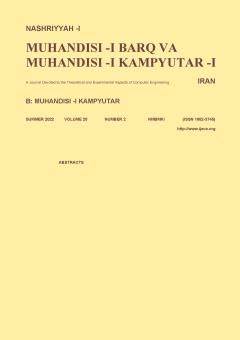-
-
List of Articles
-
Open Access Article
1 - Improving IoT Botnet Anomaly Detection Based on Dynamic Feature Selection and Hybrid Processing
Boshra Pishgoo Ahmad akbari azirani -
Open Access Article
2 - A New Algorithm Based on Distributed Learning Automata for Solving Stochastic Linear Optimization Problems on the Group of Permutations
mohammadreza mollakhalili meybodi masoumeh zojaji -
Open Access Article
3 - Mutual Continuous Lightweight Authentication Based on Node Prioritization Using Traffic Rates for Internet of Things
reza sarabi miyanaji sam jabbehdari nasser modiri -
Open Access Article
4 - An Intelligent Overload Controller Using in Next Generation Networks
مهدی خزائی -
Open Access Article
5 - Performance Improvement of Polynomial Neural Network Classifier using Whale Optimization Algorithm
Mahsa Memari A. Harifi a. Khalili -
Open Access Article
6 - Iranian Dastgah Music Recognition Based on Notes Sequence Extraction and Use of LSTM Networks
سینا غضنفری پور M. Khademi Abbas Ebrahimi moghadam -
Open Access Article
7 - A Novel Method Based on Non-Negative Matrix Factorization for Dimensions Reduction
Mehdi Hosseinzadeh Aghdam مرتضی آنالویی Jafar Tanha -
Open Access Article
8 - Performance and Security Enhancement in Multi-band Uplink NOMA Networks with Selection of the Users and Energy Harvesting
Maryam Najimi
-
The rights to this website are owned by the Raimag Press Management System.
Copyright © 2017-2025







